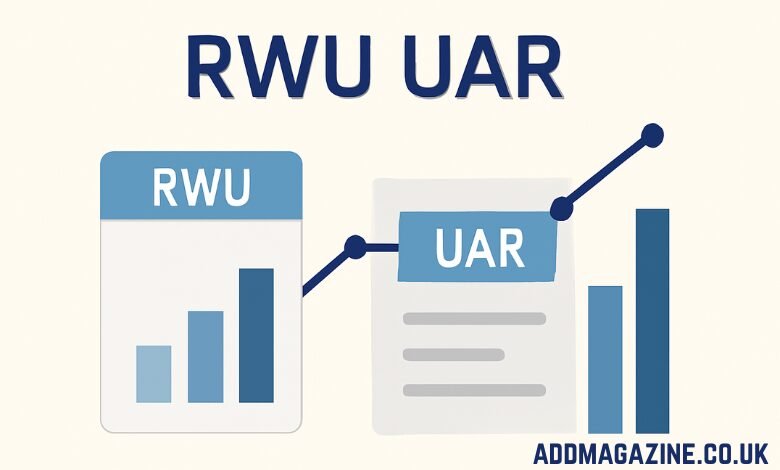Communication has evolved significantly over the years, with numerous methods of transmitting information between different points. One of the foundational methods of communication, particularly in the early stages of telecommunications, was line communication. Line communication involves the use of physical connections between two points, where signals are transmitted through conductors, often in the form of wires or cables. This article explores the concept of line communication, its components, types of cables used, and the applications of this method in modern-day communication systems.
What is Line Communication?
At its core, line communication refers to any communication system that requires a physical connection between a transmitter (source) and a receiver (destination). Unlike wireless communication, where signals are transmitted through airwaves, line communication depends on a tangible medium that carries the information.
In the context of telecommunications, the term “line” typically refers to the physical connection between two points in a network, whether it’s a telephone line, internet connection, or other communication systems. The primary advantage of line communication is its reliability and stability in transmitting signals, especially over short to medium distances.
The system is mainly used in applications where high-quality communication is required, and the distance between the source and destination is manageable.
Transmission Lines: The Backbone of Line Communication
In line communication, the physical medium used to carry the signal is referred to as a transmission line. A transmission line is essentially a conductor or a set of conductors that allows the electrical signals to travel from one point to another. The type of transmission line used determines the quality of the signal, the distance it can travel, and the amount of signal loss that occurs during transmission.
There are several types of transmission lines used in line communication. Each has its distinct characteristics and applications, which are important to consider when setting up a communication system.
Types of Transmission Lines in Line Communication
1. Twisted Pair Cables
Twisted pair cables are one of the most commonly used transmission lines in line communication, particularly for both digital and analog signal transmissions. A twisted pair consists of two copper wires that are twisted around each other. The twisting of the wires serves to reduce electromagnetic interference (EMI) and electrical noise, which can degrade the quality of the signal.
Twisted pair cables are inexpensive and easy to install, making them ideal for short-distance communication, such as within homes or businesses. They are commonly used for telephone lines, local area networks (LANs), and low-cost internet connections.
However, the main limitation of twisted pair cables is their inability to carry signals over long distances. As the distance increases, the signal strength diminishes, leading to signal degradation and loss of quality. This is why twisted pair cables are typically used for shorter communication links, usually under a few kilometers.
Twisted pair cables come in two main categories:
- Unshielded Twisted Pair (UTP): These cables lack additional shielding around the wires and are more prone to interference. They are most commonly used in everyday applications like telephone lines and data networks.
- Shielded Twisted Pair (STP): These cables are equipped with a shielding that helps protect the wires from interference, making them more suitable for environments with higher levels of electromagnetic noise.
2. Co-axial Cables
Co-axial cables are widely recognized for their reliability and high performance. These cables consist of two conductors: an inner conductor that transmits the signal and an outer conductor, typically made of copper or aluminum, that acts as a shield to protect the signal from external interference. Between the two conductors, there is an insulating layer that separates the inner and outer conductors.
Co-axial cables are commonly used in applications where high-frequency signals are required, such as cable television (CATV), internet connections, and broadband services. These cables are capable of transmitting signals over longer distances without significant signal degradation, which makes them ideal for use in both residential and commercial installations.
One of the key benefits of co-axial cables is their ability to handle higher frequencies, including the UHF (ultra-high frequency) and microwave bands. They can also be used to transmit both analog and digital signals, which is why they are a popular choice for media and telecommunications companies.
Additionally, modern advancements in co-axial cable technology have led to the development of gas-filled cables, which are designed to further reduce signal loss and increase the overall lifespan of the cables.
3. Parallel Wire Lines
Parallel wire lines, often referred to as balanced lines, consist of two conductors running in parallel to each other. These wires are typically used for connecting antennas to television receivers or for low-power radio frequency (RF) applications. The spacing between the two conductors and the insulator that separates them is crucial to the quality of the transmission. In fact, the distance between the conductors needs to be adjusted based on the amount of power being transmitted through the line.
These lines are generally simple and cost-effective, but they do have limitations in terms of their performance over long distances. Parallel wire lines are prone to signal loss and degradation, particularly when the power levels increase. However, their simplicity and ease of installation make them a preferred option for short-range communication links.
Parallel wire lines are commonly used in television antennas, radio systems, and low-power communication devices.
Applications of Line Communication
Line communication continues to be an essential method for transmitting information in various sectors. While wireless communication has gained prominence due to its convenience, line communication remains the preferred option in many cases due to its stability and reliability. Some of the most common applications of line communication include:
1. Telecommunication Systems
One of the most significant uses of line communication is in telecommunication networks. Landline phones, including residential and business telephones, rely on twisted pair and co-axial cables to transmit voice signals. These systems are still widely used in areas where wireless communication infrastructure is either unavailable or unreliable.
2. Broadband Internet Connections
Co-axial cables are heavily used for broadband internet connections, particularly in cable networks. These cables provide stable and fast internet connections, which are essential for households and businesses that require reliable internet service.
Moreover, the development of fiber optic cables, which can transmit large amounts of data over longer distances, has also enhanced the capabilities of line communication systems, providing faster and more efficient internet services to millions of people.
3. Cable Television
Line communication plays a crucial role in the delivery of cable television services. Co-axial cables are the standard transmission medium for delivering television signals to homes. They are able to carry both analog and digital signals and can also transmit high-definition (HD) video and audio content.
4. Security Systems
Line communication is also used in various security systems, such as alarm systems and CCTV networks. The reliability of wired connections makes them ideal for transmitting signals from security devices to monitoring systems, ensuring that signals are delivered without interference or delays.
5. Military and Aerospace Applications
Line communication has found applications in military and aerospace sectors where secure and uninterrupted communication is essential. Co-axial and twisted pair cables are used to transmit signals between devices and systems, ensuring high levels of reliability even in challenging environments.
Advantages and Disadvantages of Line Communication
Like any other communication system, line communication has both advantages and disadvantages. Understanding these pros and cons is important for selecting the right type of transmission medium for different applications.
Advantages of Line Communication:
- Reliability: Line communication provides a stable and reliable transmission medium, free from many of the interference issues that affect wireless communication.
- Security: Physical connections are more secure than wireless signals, which can be intercepted or blocked. This makes line communication a preferred option in sensitive applications, such as financial and military communications.
- Longer Distances: Certain transmission lines, such as co-axial cables, can carry signals over long distances with minimal signal degradation.
Disadvantages of Line Communication:
- Limited Mobility: Unlike wireless communication, line communication requires physical cables or wires, which limits mobility and flexibility.
- Installation Cost: The initial cost of laying down cables and maintaining wired networks can be higher than wireless systems, particularly in large-scale installations.
- Signal Loss: Even the best transmission lines experience some level of signal loss, which can be a problem for long-distance communication.
Conclusion
Line communication remains a fundamental method of transmitting information between different points in the communication network. Whether through twisted pair cables, co-axial cables, or parallel wire lines, the physical connection of signals ensures high levels of reliability, security, and efficiency. Despite the increasing popularity of wireless communication systems, line communication continues to play a pivotal role in various industries, including telecommunications, broadband internet, security systems, and more.
As communication technology continues to evolve, line communication will remain relevant, particularly in applications where stability and security are paramount. Understanding the different types of transmission lines and their advantages and limitations is crucial for anyone involved in setting up or managing communication systems. By choosing the appropriate transmission line for a given application, businesses and individuals can ensure reliable and effective communication in an ever-connected world.



